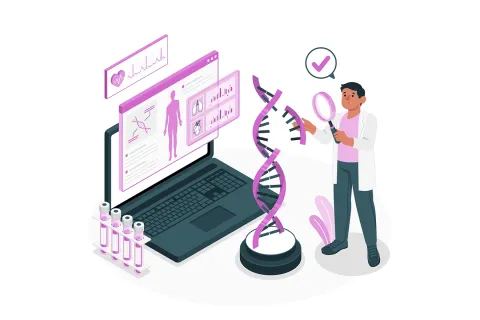
The pharmaceutical industry is a complex and highly regulated environment where the management of product information is critical for compliance, patient safety, and market success. Product Information Management (PIM) systems play a pivotal role in ensuring that healthcare professionals and patients have access to accurate, up-to-date information about medicinal products. In this blog, we'll explore the intricacies of PIM in the pharma industry and how it's evolving to meet the demands of the digital age.
Understanding PIM in Pharma
Product Information Management (PIM) in the pharmaceutical industry involves the creation, management, and dissemination of product-related information that is required for Regulatory compliance and effective patient care. This information includes but is not limited to, the Summary of Product Characteristics (SmPC), Patient Information Leaflets (PILs), labeling, and packaging information. The goal of PIM is to provide a single source of truth for all stakeholders, ensuring consistency and reliability across various platforms and communication channels.
The Role of Regulatory Bodies
Regulatory bodies such as the European Medicines Agency (EMA) and the Food and Drug Administration (FDA) set stringent guidelines for the content, format, and accessibility of pharmaceutical product information. Compliance with these regulations is not optional; it's a critical requirement for the approval and continued marketing of medicinal products. The EMA, for instance, has been actively working on implementing standards like the Identification of Medicinal Products (IDMP) to enhance the management and exchange of product information across the European Union.
Challenges in PIM
One of the primary challenges in Product Information Management (PIM) is maintaining up-to-date product information that aligns with the latest Regulatory requirements. The pharmaceutical industry is dynamic, with frequent updates to product data due to new clinical findings, changes in manufacturing processes, or updates in Regulatory guidelines. Ensuring that these changes are accurately reflected in product information and communicated effectively to healthcare professionals and patients is a significant undertaking.
Innovations in PIM
To address these challenges, the industry is moving towards electronic formats for product information. The adoption of electronic Product Information (ePI) is a step forward in enhancing the accessibility and timeliness of information. The EMA supports the exploration of innovative pathways for disseminating information electronically, allowing for immediate access to the most recent regulator-approved 'real-time' product information.
The Future of PIM:
- Digital Transformation
The future of Product Information Management (PIM) in the pharma industry is closely tied to digital transformation. With the advent of the Product Management Service (PMS) and the use of Application Programming Interfaces (APIs), the industry is gearing up for a more integrated and automated approach to managing product information. These technologies facilitate the storage, retrieval, and updating of product data in a structured and standardized manner, enabling better Regulatory compliance and more efficient processes.
- Patient-Centric Approach
A patient-centric approach is becoming increasingly important in PIM. As patients take a more active role in their healthcare, the demand for clear, comprehensible, and accessible product information is on the rise. The industry is focusing on improving the content, layout, and readability of product information to empower patients to make informed decisions about their treatments.
Conclusion
Product Information Management is at the heart of the pharmaceutical industry's commitment to patient safety and Regulatory compliance. As the industry continues to evolve, PIM systems must adapt to the changing landscape, leveraging digital technologies to provide accurate and timely information. By embracing innovation and maintaining a patient-centric focus, the pharma industry can ensure that Product Information Management (PIM) not only meets the current needs but also anticipates the demands of the future. Partnering with Freyr Solutions provides you with the expertise, technology, and support needed to navigate the complexities of PIM and ensure the success of your Regulatory compliance efforts.









